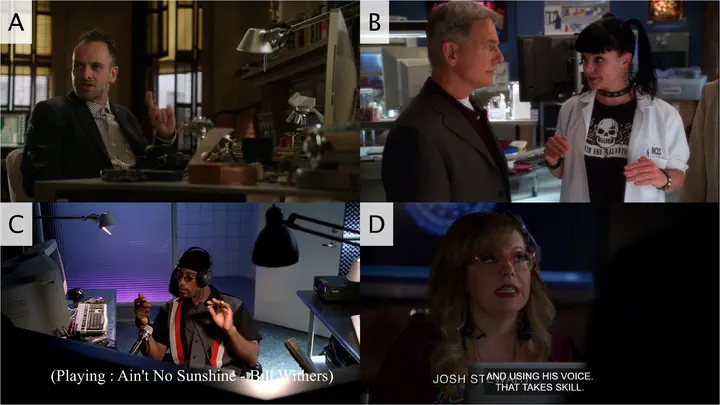
Abstract
People’s perception of forensic evidence is greatly influenced by crime TV series. The analysis of the human voice is no exception. However, unlike fingerprints—with which fiction and popular beliefs draw an incorrect parallel—the human voice varies according to many factors, can be altered deliberately, and its potential uniqueness has yet to be proven. Starting with a cursory examination of landmarks in forensic voice analysis that exemplify how the voiceprint fallacy came about and why people think they can recognize people’s voices, we then provide a thorough inspection of over 100 excerpts from TV series. Through this analysis, we seek to characterize the narrative and aesthetic processes that fashion our perception of scientific evidence when it comes to identifying somebody based on voice analysis. These processes converge to exaggerate the reliability of forensic voice analysis. We complement our examination with plausibility ratings of a subset of excerpts. We claim that these biased representations have led to a situation where, even today, one of the main challenges faced by forensic voice specialists is to convince trial jurors, judges, lawyers, and police officers that forensic voice comparison can by no means give the sort of straightforward answers that fingerprints or DNA permit.